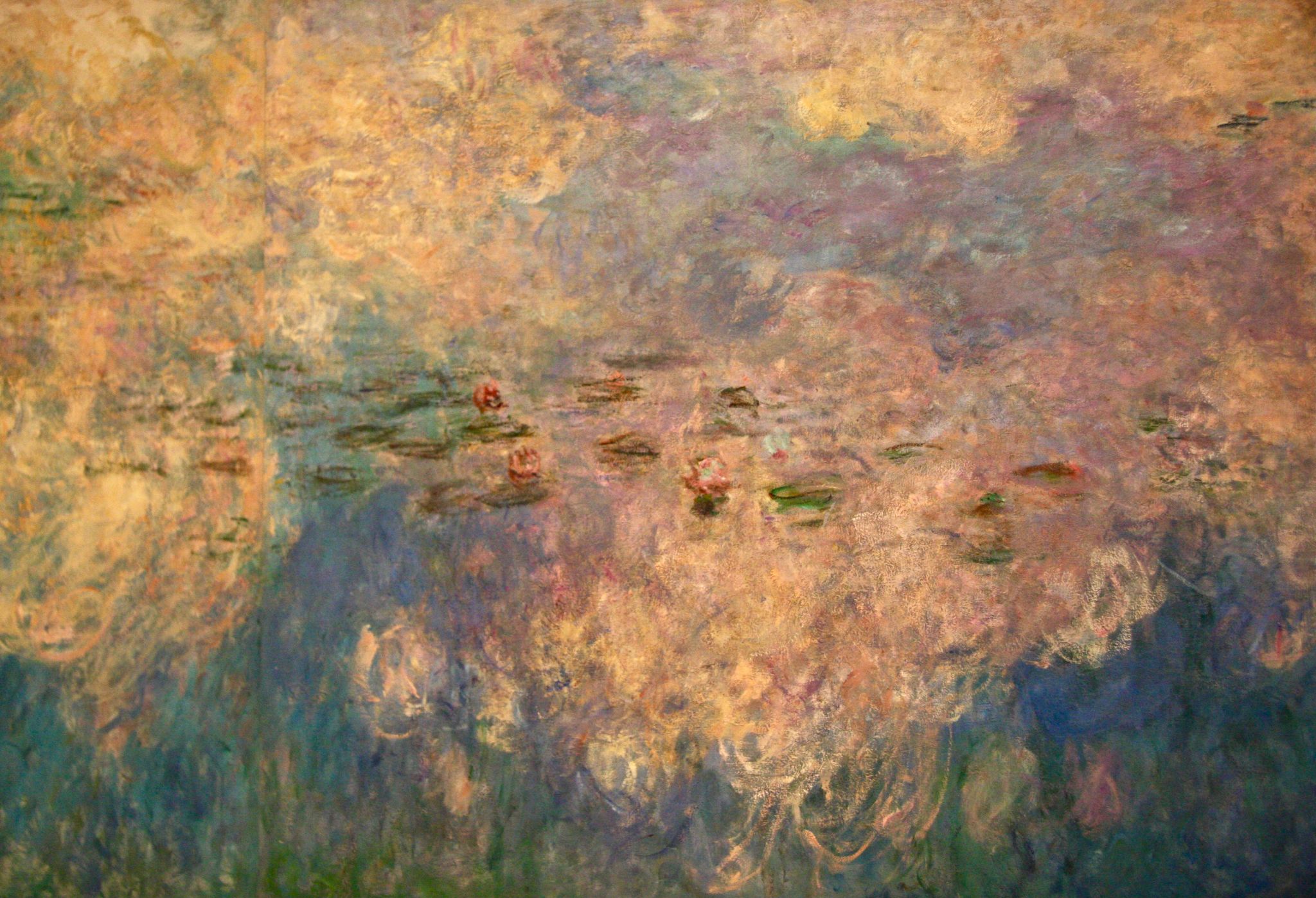How to Start Your Own French Art Collection: Expert Tips and Advice
Understanding the Appeal of French Art
French art is globally renowned for its elegance, diversity, and historical significance. From the Romanticism of Delacroix to the Impressionism of Monet, French artists have consistently pushed the boundaries of creativity. Whether you're drawn to the bold strokes of modern art or the delicate details of classical pieces, starting a French art collection can be a rewarding endeavor.
Building a collection not only enhances your personal space but also serves as an investment in cultural heritage. Before you embark on this journey, it's essential to understand the range of styles and periods that French art encompasses.

Research and Knowledge: The First Steps
Before purchasing any artwork, immerse yourself in research. Familiarize yourself with different art movements and historical periods. Visit museums, attend art fairs, and read books or articles about French artists. This foundational knowledge will help you make informed decisions and appreciate the nuances of each piece.
Consider joining art forums or groups where enthusiasts share insights and advice. Engaging with a community can provide valuable perspectives and recommendations that you may not find in books or online resources.
Identify Your Preferences
As you delve into the world of French art, you'll start to identify styles or artists that resonate with you. Do you prefer the dreamy landscapes of the Impressionists, or are you captivated by the abstract forms of post-war movements? Understanding your personal taste is crucial, as it will guide your collection's direction and ensure that each piece brings you joy.

Setting a Budget
Art collecting can be an expensive hobby, so it's important to set a realistic budget. Determine how much you're willing to spend initially and what your long-term financial commitment might look like. Remember, great collections can be built over time, so there's no need to rush your purchases.
Consider allocating funds for not just the artwork itself but also for framing, insurance, and maintenance. These additional costs are often overlooked but are critical for preserving the integrity and value of your collection.
Sourcing Your Art Pieces
When you're ready to start purchasing, explore various sources to find authentic pieces. Galleries, auctions, and online platforms offer a wide range of options. Each source has its advantages; auctions might provide unique finds, while galleries often have curated collections with expert advice.
If buying online, ensure you're dealing with reputable sellers. Look for platforms with strong authenticity guarantees and robust buyer protection policies. It's also wise to request provenance documents and condition reports for any significant investment.

The Importance of Provenance
Provenance refers to the history of ownership of a piece of art. It’s a crucial aspect that affects an artwork’s authenticity and value. Always inquire about the provenance before making a purchase. A well-documented history can enhance the piece's worth and provide fascinating context about its journey through time.
Caring for Your Collection
Once you've acquired some pieces, proper care is essential to maintain their condition and value. Keep your artwork away from direct sunlight and high humidity areas to prevent damage. Regularly dust and inspect your pieces for any signs of deterioration.
Investing in professional cleaning and restoration services when necessary can preserve your collection for future generations. Additionally, consider insuring valuable artworks to protect against unforeseen circumstances.
Displaying Your Collection
How you display your artwork can significantly impact its enjoyment and appreciation. Consider using adjustable lighting to highlight key pieces and create an inviting atmosphere. Whether you choose a minimalist gallery-style setup or a more eclectic arrangement, ensure that each piece has enough space to stand out.
Your French art collection is not just a series of acquisitions; it's a reflection of your tastes and interests. With thoughtful curation and care, it will continue to provide aesthetic pleasure and cultural enrichment for years to come.